Change de coordinates of the given point if it is possible and return the result of the invoked action. True if it was possible to do the change.
Change de coordinates of the given index point to the newCoords, if it is possible and return the result of the invoked action. Return TRUE if it was possible to do the change. A valid change is when the new x value of the point is still between the previous and next point, when condition.
Definition at line 460 of file pLogicalFunction.cxx.
References GetPointAt(), pFunctionPoint::getRealX(), and realPoints.
00461 {
00462 wxNode* changingNode = GetPointAt(movingIndexPoint);
00463 bool validChange = false;
00464 int newX = newCoords.x;
00465 int newY = newCoords.y;
00466 pFunctionPoint* changingPoint = (pFunctionPoint*)changingNode -> GetData();
00467 bool hasPrevious = movingIndexPoint>0;
00468 bool hasNext = movingIndexPoint < realPoints.size()-1;
00469
00470 wxNode* prevNode = hasPrevious ? changingNode ->GetPrevious() : NULL;
00471 wxNode* nextNode = hasNext ? changingNode -> GetNext() : NULL;
00472
00473 if( hasPrevious )
00474 {
00475 pFunctionPoint* prevPoint = (pFunctionPoint*)prevNode -> GetData();
00476 if ( hasNext )
00477 {
00478 pFunctionPoint* nextPoint = (pFunctionPoint*) nextNode -> GetData();
00479 validChange = ((prevPoint->getRealX()) < newX) && ((nextPoint->getRealX()) > newX);
00480 if ( (prevPoint->getRealX()) > newX )
00481 {
00482 newX = prevPoint->getRealX()+1;
00483 validChange = true;
00484 }
00485 else if ( (nextPoint->getRealX()) < newX )
00486 {
00487 newX = nextPoint->getRealX()-1;
00488 validChange = true;
00489 }
00490 }
00491 else
00492 {
00493
00494 if ( (prevPoint->getRealX()) < newX )
00495 {
00496 validChange = true;
00497 }
00498 else
00499 {
00500 newX = prevPoint->getRealX();
00501 validChange = true;
00502 }
00503 }
00504 }
00505 else
00506 {
00507 if ( hasNext )
00508 {
00509
00510 pFunctionPoint* nextPoint = (pFunctionPoint*) nextNode -> GetData();
00511 if ((nextPoint->getRealX()) > newX )
00512 {
00513 validChange = true;
00514 }
00515 else
00516 {
00517 newX = nextPoint->getRealX();
00518 validChange = true;
00519 }
00520 }
00521 }
00522 if( validChange )
00523 {
00524 changingPoint -> setRealX( newX );
00525 changingPoint -> setRealY( newY );
00526 }
00527 return validChange;
00528 }












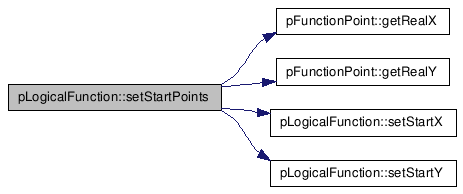

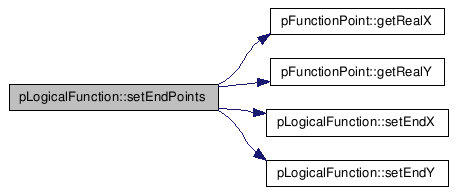

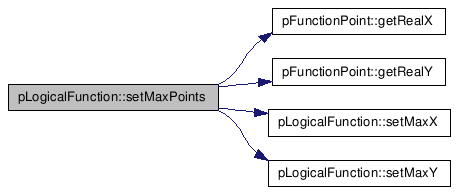

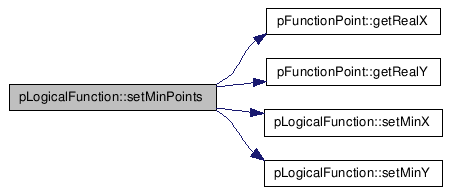

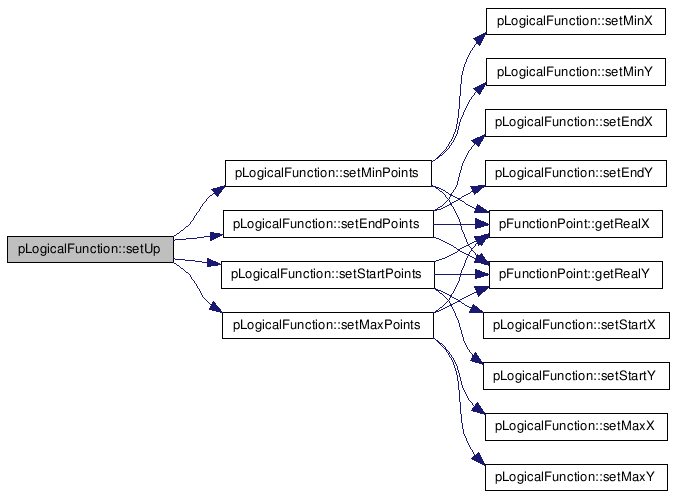




















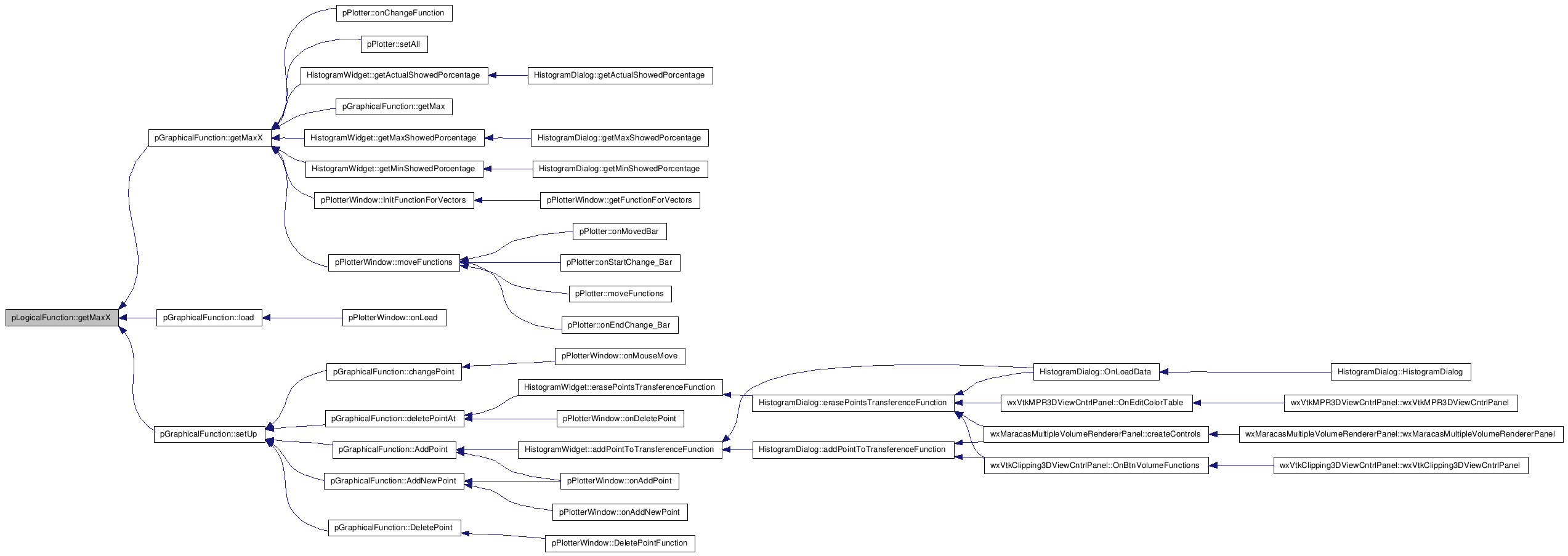








 1.5.3
1.5.3